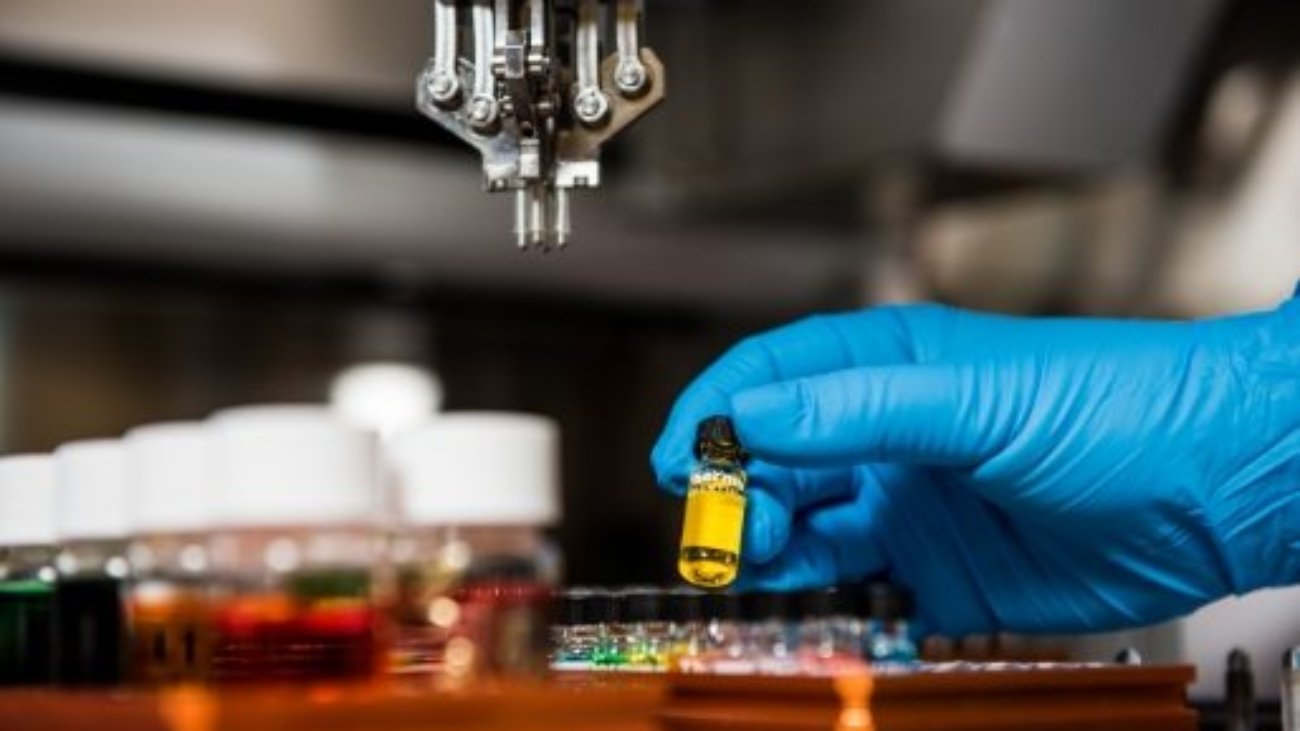After a delicious meal, you might be tempted to reach for a toothpick. After all, you may have bits of food debris lodged between your teeth, and a toothpick could seem like a convenient way to freshen up. But are toothpicks bad for your oral health?
No doubt keeping your teeth clean of food debris is important for better oral health, but some people feel incomplete if they do not end a meal without using a toothpick.
The Risks of Using Toothpicks
Sadly, the frequent use of toothpicks could cause some serious harm to your teeth and gums.
If a toothpick is frequently inserted into the same place, it may put enough pressure on your teeth to shift them, creating extra space that should not be there.
Many toothpick users tend to chew on them. This can cause premature wear and tear on the tooth enamel. Toothpicks can damage the gums, causing them to recede and expose the fragile tooth roots underneath. You might accidentally puncture your gums with a toothpick’s sharp ends.
Toothpicks may cause damage to existing dental restorations and prosthetics, such as veneers, crowns, and fillings.
What Should You Use Instead of Toothpicks?
The best way to clean between your teeth is to use dental floss. As long as it is used correctly, it is unlikely to harm your oral tissues.
Think twice the next time you are tempted to reach for toothpick.
The choices we make are ultimately our responsibility.”









